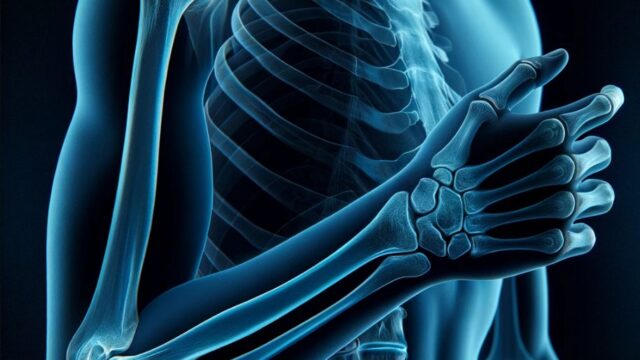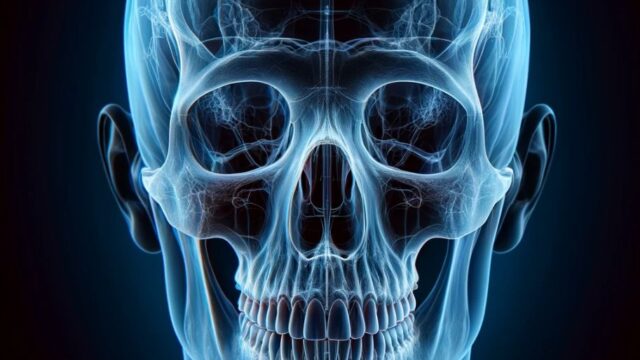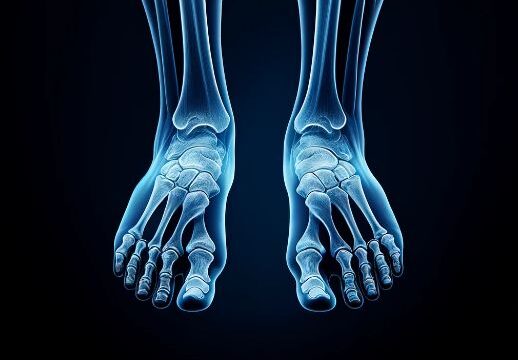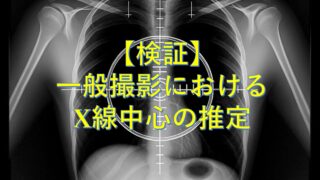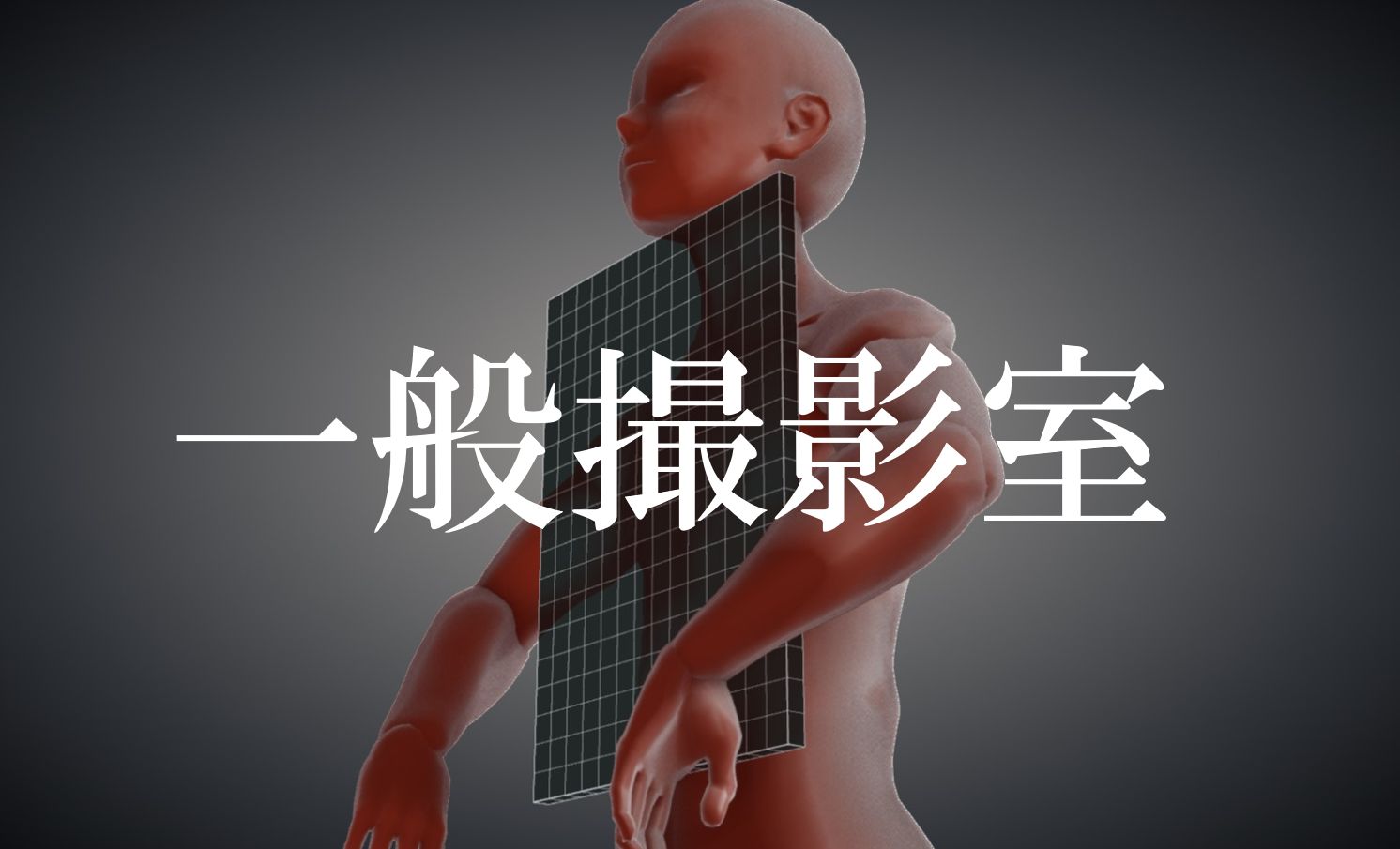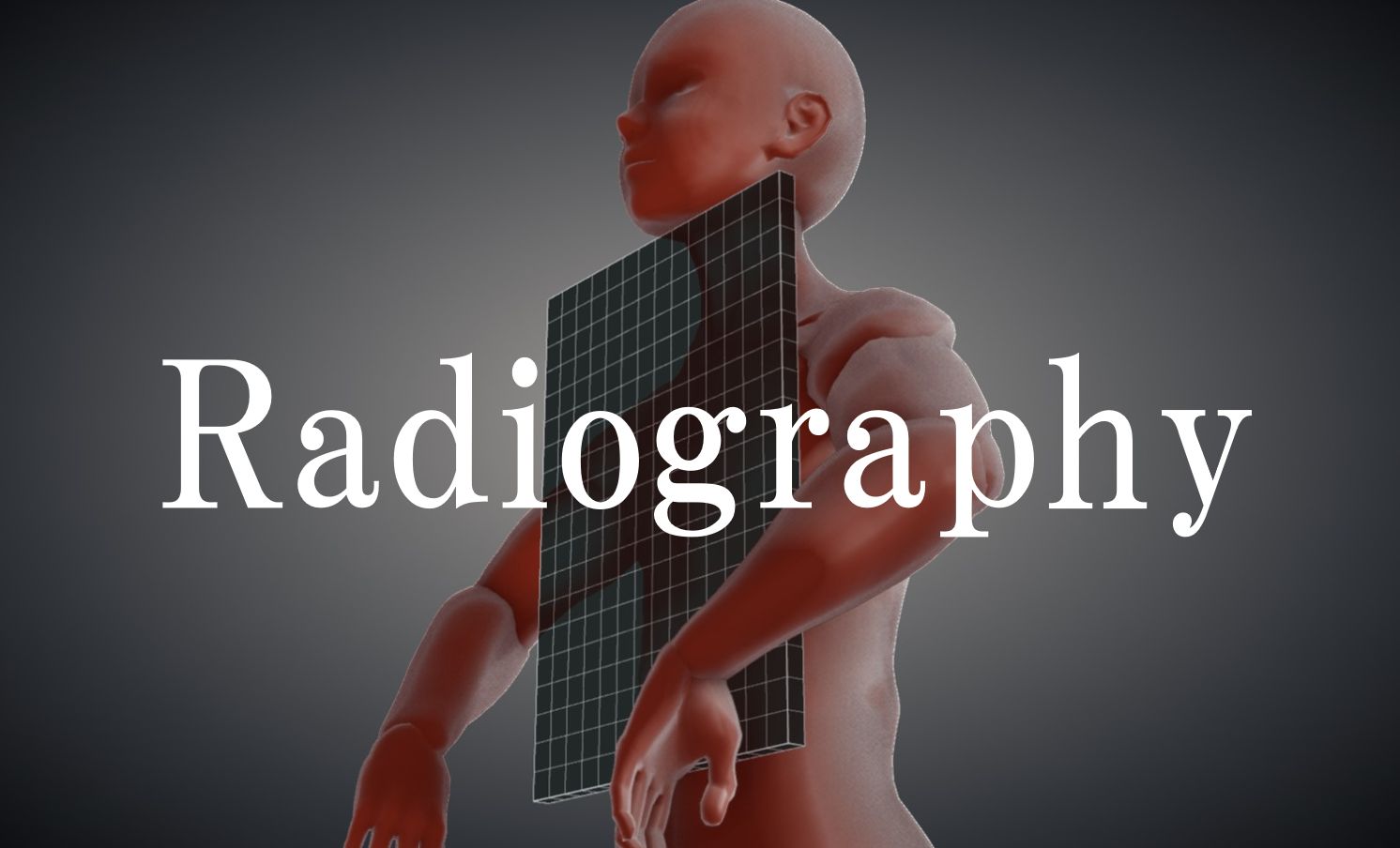Purpose
Observation of the coccyx and distal sacrum. Presence or absence of fractures.
Prior confirmation
Confirm the need for this imaging due to high exposure.
Confirm whether the patient is to be radiographed in the supine or prone position.
Urinate and empty the bladder of any obstruction. Intestinal gas and feces may be obstructive.
Check the angle of curvature of the tailbone on the lateral view.
Remove any obstacles.
Positioning
Align the mid-sagittal plane with the cassette central axis.
Equalize the distance between both anterior superior iliac spines and the cassette to avoid pelvic tilt.
If the patient is in a supine position, place pillows under the knees for comfort.
CR, distance, field size
CR : Oblique incidence in the cephalocaudal direction on the mid-sagittal plane at a height of only 2 lateral finger widths headward from the pubic symphysis (men: 10-25°, women: 10-15°, or consider the angle by looking at the lateral view).
*If the patient is to be radiographed in the prone position, oblique incidence in the cephalocaudal direction is used. The point of incidence is centered on the patient’s painful area (tailbone).
Distance : 100 cm
Field size : The upper edge is focused on the iliac crest, and the lower edge is focused on the level of the greater trochanter. The right and left edges should be focused to the medial side of two transverse finger widths from the anterior superior iliac spine.
Exposure condition
70kV / 20mAs
Grid ( + ). Lead plate stripe are parallel to the cephalocaudal direction because of oblique incidence.
Suspend respiration.
Image, check-point
Normal (Radiopaedia)
The pubic symphysis and tailbone should not overlap.
The tailbone should be projected to the left and right centers in the pelvis.
Videos
Related materials





